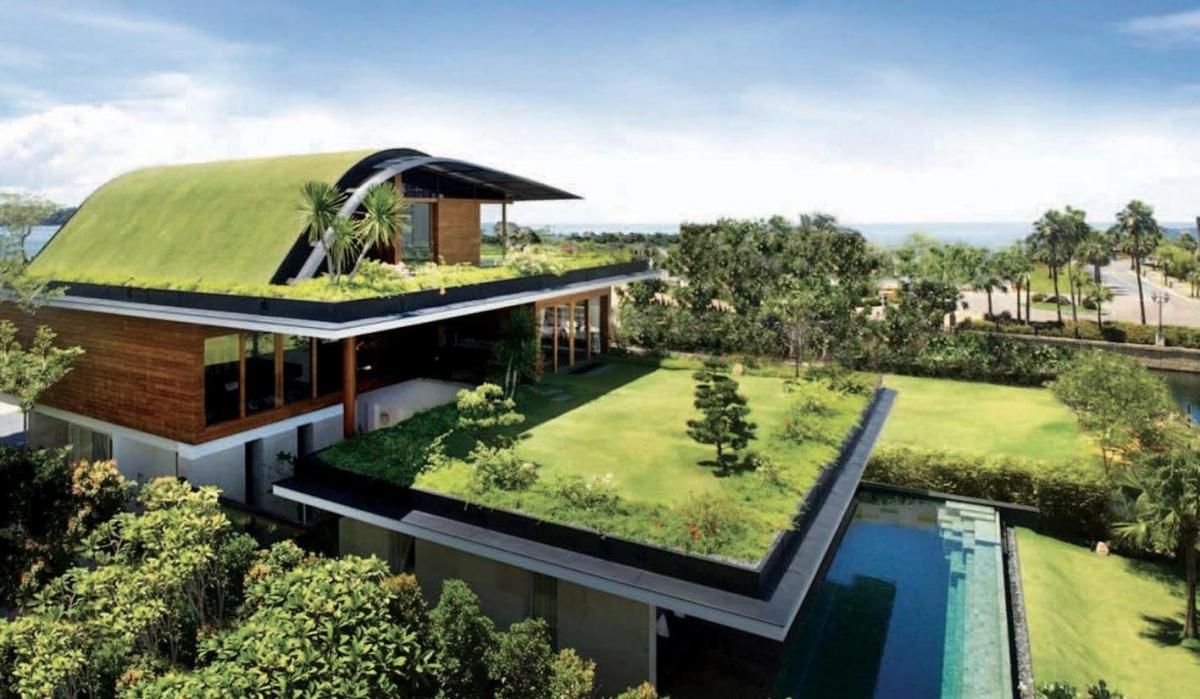Sustainable building technologies refer to the use of construction methods and materials that minimize the negative impact on the environment while maximizing the comfort and well-being of occupants. These technologies aim to promote energy efficiency, reduce water consumption, and minimize waste and pollution throughout the building lifecycle.
Energy-Efficient Design
One of the key principles of sustainable building technologies is energy efficiency. This involves the design and implementation of strategies that minimize energy consumption and maximize the use of renewable energy sources. Techniques such as proper insulation, energy-efficient lighting systems, and smart building automation systems can significantly reduce energy usage in buildings.
Renewable Energy Sources
Incorporating renewable energy sources is another important aspect of sustainable building technologies. This includes technologies such as solar panels, wind turbines, and geothermal heating and cooling systems. By harnessing these renewable sources, buildings can reduce reliance on fossil fuels and contribute to a cleaner and greener future.
Water Conservation
Sustainable building technologies also prioritize water conservation. Implementing water-efficient fixtures, such as low-flow toilets and faucets, can significantly reduce water consumption. Additionally, implementing rainwater harvesting systems for irrigation and graywater recycling systems can further minimize water wastage and promote sustainable water management.
Waste Reduction and Recycling
Reducing waste and promoting recycling are crucial elements of sustainable building technologies. Incorporating materials with a high recycle content, such as recycled steel or concrete, helps reduce the demand for virgin materials and decreases the environmental impact of the construction process. Additionally, implementing proper waste management systems, including on-site recycling facilities, ensures that construction and demolition waste is diverted from landfills.
Indoor Environmental Quality
Sustainable building technologies also aim to enhance the overall indoor environmental quality. This involves optimizing ventilation systems to improve air quality, using non-toxic building materials to minimize harmful emissions, and maximizing natural lighting and daylighting strategies to create a healthier and more comfortable indoor environment for occupants.
Life-Cycle Assessment
In order to measure the sustainability of a building, a life-cycle assessment (LCA) is often conducted. LCA considers the environmental impact of a building from the cradle-to-grave, including the extraction of raw materials, construction, use, maintenance, and eventual demolition. By conducting an LCA, designers and builders can identify areas for improvement and make informed decisions regarding materials and technologies to enhance the overall sustainability of the building.
Financial Benefits
While the primary goal of sustainable building technologies is to minimize the environmental impact, there are also significant financial benefits associated with these practices. By reducing energy and water consumption, buildings can achieve substantial cost savings in the long run. Additionally, with growing demand for eco-friendly structures, sustainable buildings often have higher market value and can attract environmentally conscious tenants or buyers.
Conclusion
Sustainable building technologies play a critical role in constructing environmentally friendly and energy-efficient buildings. By implementing energy-efficient design strategies, incorporating renewable energy sources, conserving water, reducing waste, and prioritizing indoor environmental quality, buildings can have a positive impact on the environment while benefiting occupants and the economy. It is essential for builders, architects, and policymakers to embrace sustainable building technologies and work towards a more sustainable future.
